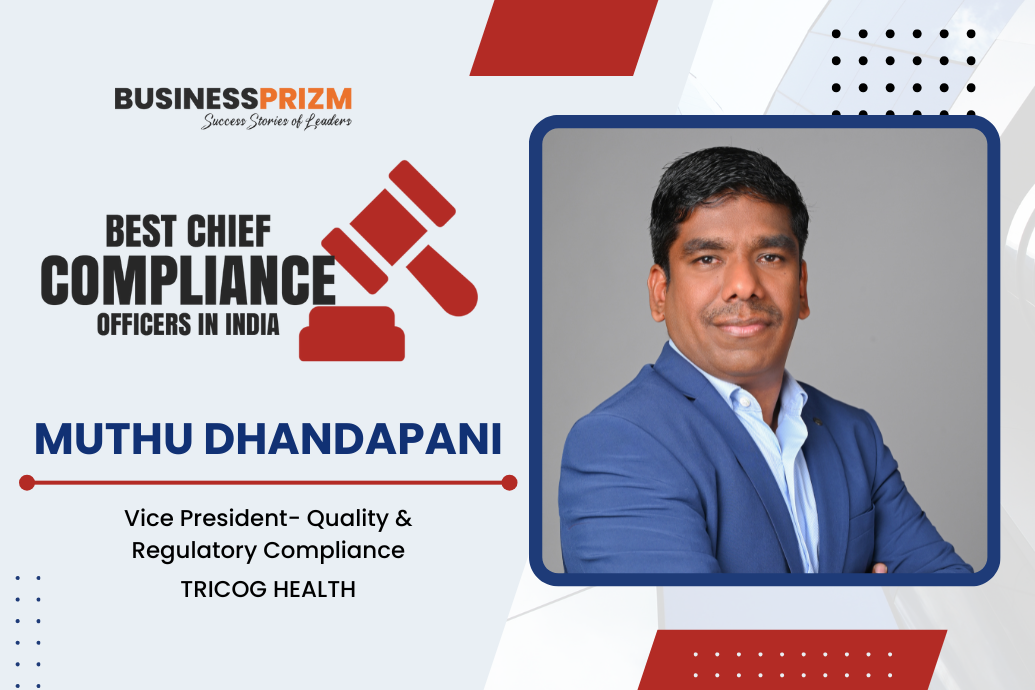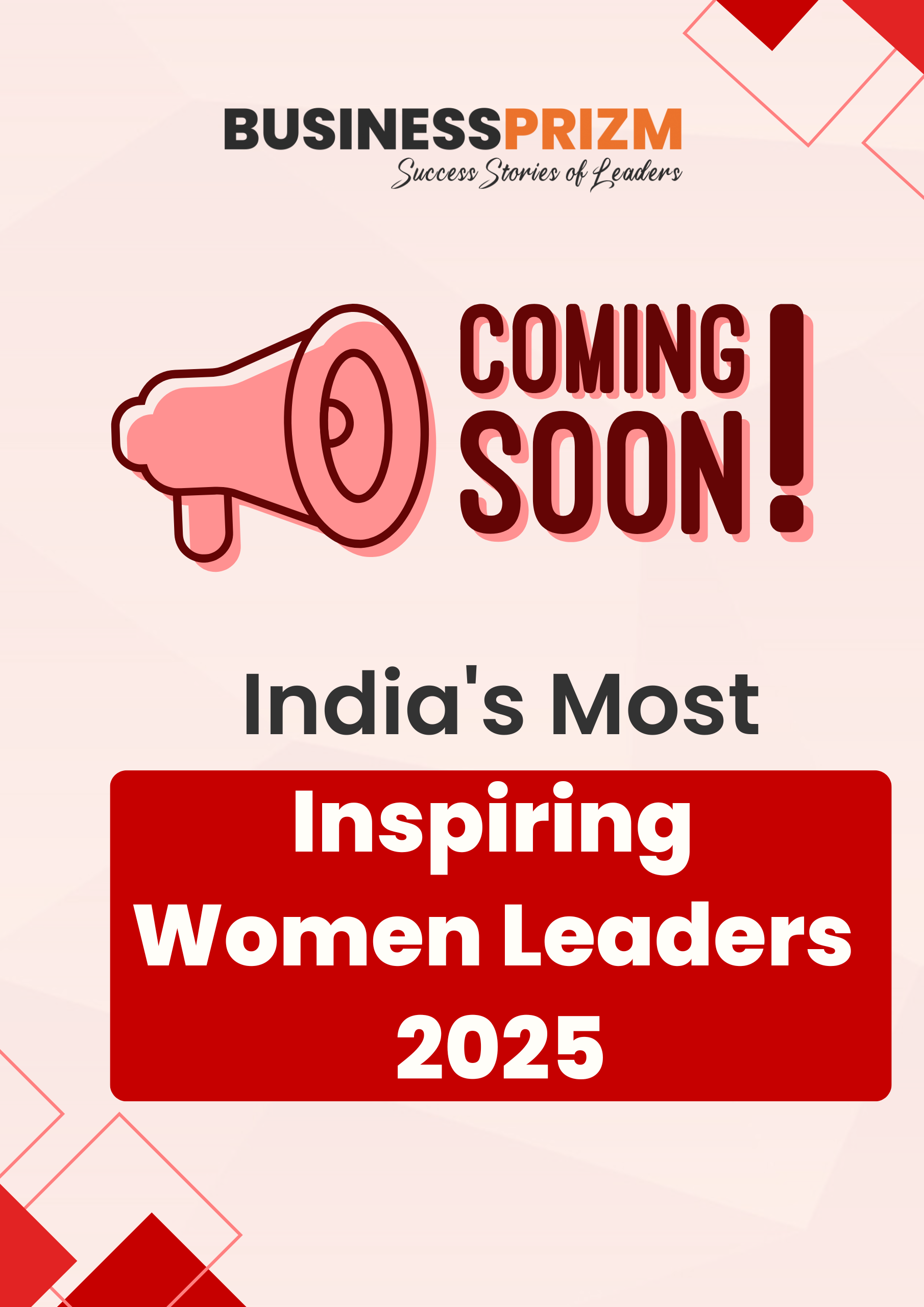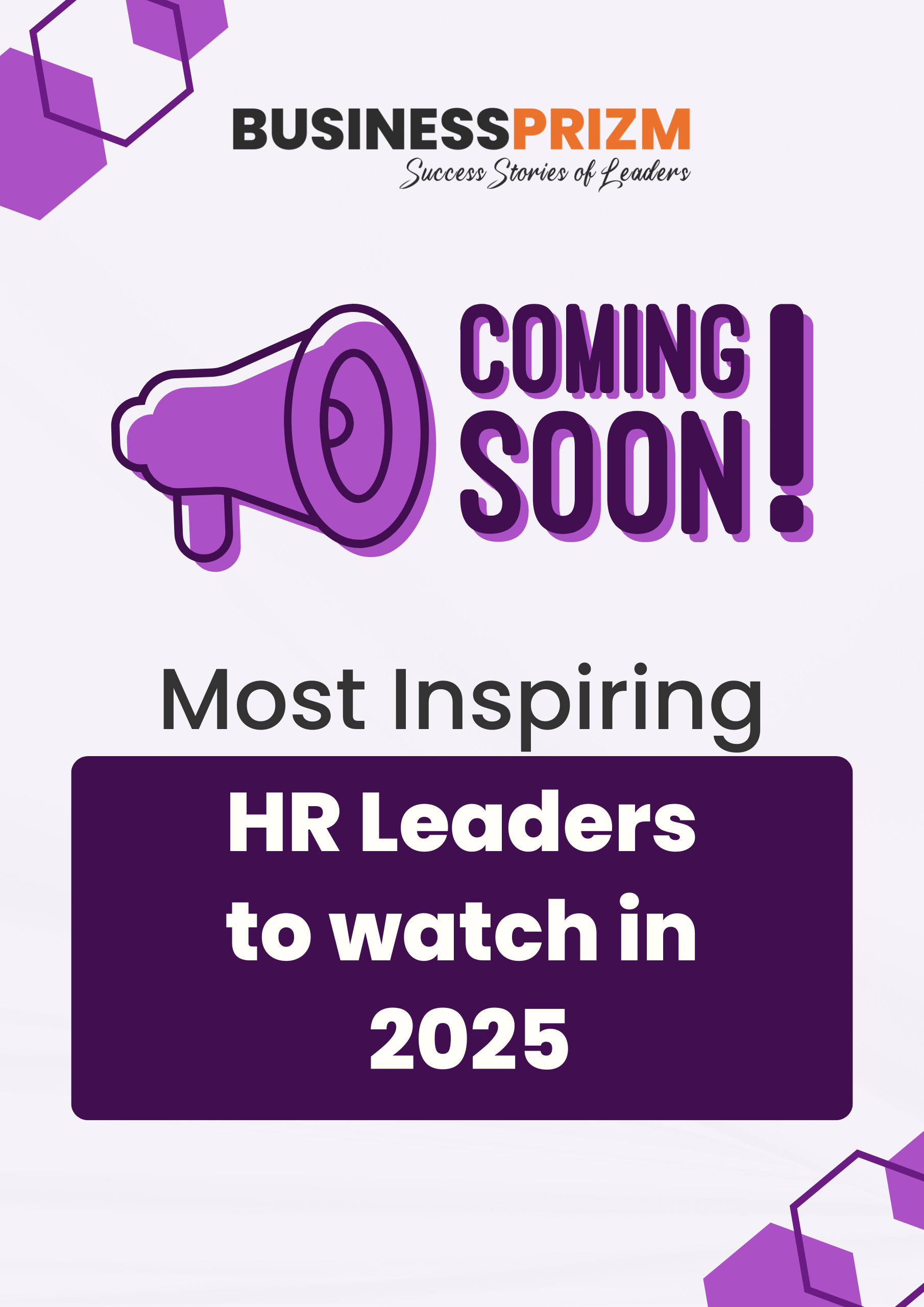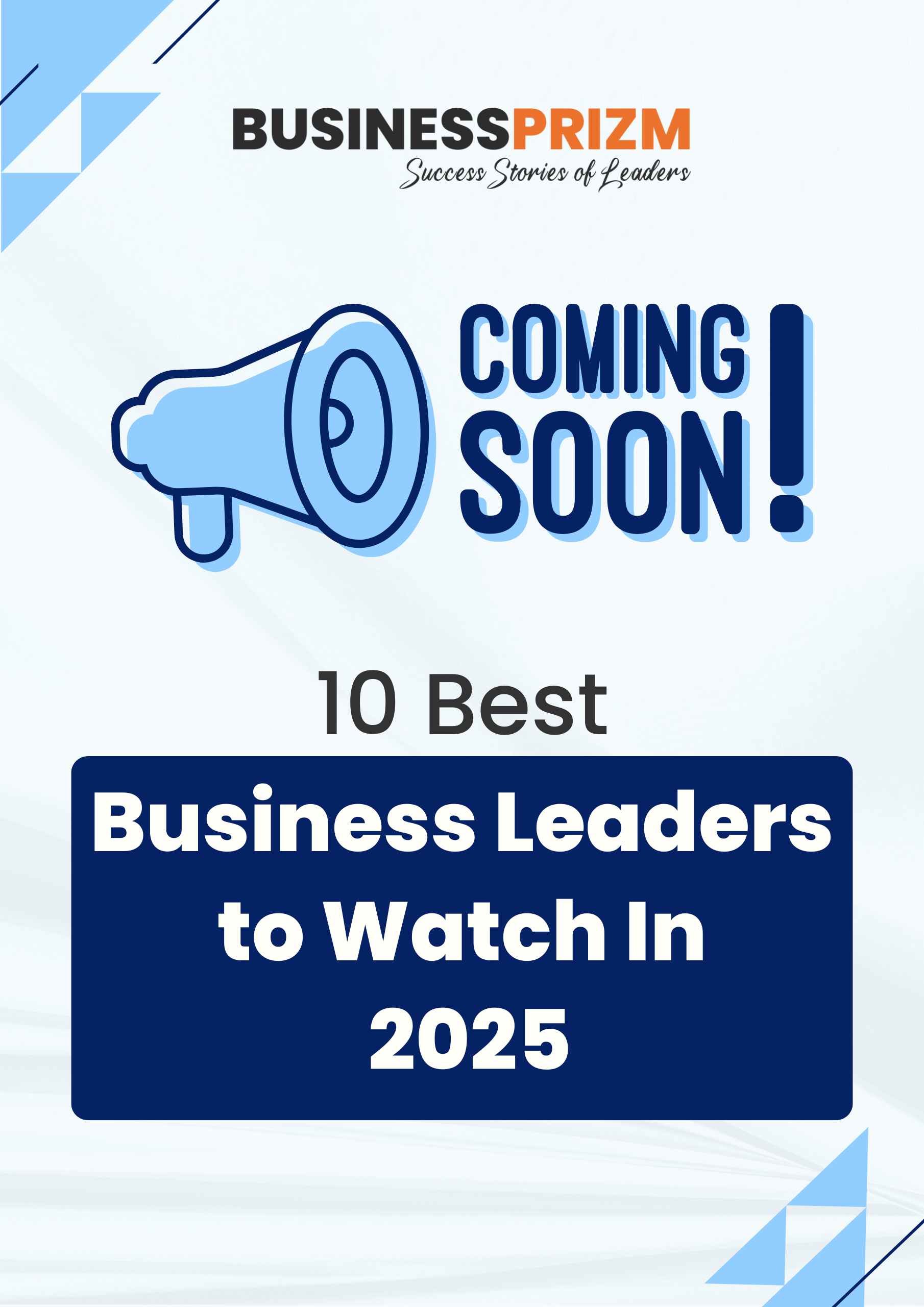Mr. Muthu Dhandapani is a visionary leader in the field of quality and regulatory compliance, with a career dedicated to bridging the gap between translational research and clinical applications. With a strong foundation in personalized cancer medicine diagnostics and extensive expertise in navigating complex regulatory landscapes, he has become a driving force in ensuring innovative medical technologies meet the highest standards of safety and efficacy. A PhD holder with a deep commitment to methodical thinking, ethical practices, and proactive problem-solving, Mr. Dhandapani views quality and compliance as catalysts for trust and excellence. His approach integrates fostering innovation, advancing regulatory harmonization, and leveraging digital transformation through AI, machine learning, and analytics. By embedding compliance into the early stages of product development and prioritizing collaboration, he ensures that regulatory frameworks support, rather than hinder, innovation. Passionate about accessibility and affordability, Mr. Dhandapani advocates for cost-effective solutions tailored to underserved populations. He is equally dedicated to mentoring future MedTech leaders and promoting sustainability through eco-friendly practices. With a mission to drive advancements that merge innovation, quality, and accessibility, Mr. Dhandapani is shaping a resilient, inclusive medical technology industry that improves lives worldwide.
What inspired you to pursue a career in quality and regulatory compliance?
After completing my PhD, I began my career in the industry with a focus on personalized cancer medicine diagnostics. At the time, there was limited clarity regarding quality management systems for lab-developed tests and their regulatory approvals. This challenge motivated me to deeply explore quality and regulatory compliance, equipping me to bridge the gap between translational research and clinical applications through critical clinical validation and regulatory approvals.
My academic background and professional experiences have instilled in me the value of methodical thinking, ethical practices, and a proactive mindset—qualities that are indispensable for navigating the complexities of regulatory landscapes. Beyond compliance, I view my role as pivotal in enabling organizations to build trust with stakeholders by ensuring that every product or service delivered meets the highest standards of quality and care.
I pursued a career in this field because I believe quality and compliance extend beyond fulfilling regulatory requirements. They are about fostering trust, driving excellence, and making a meaningful difference in the lives of those who depend on our innovations.
What strategies do you use to build and lead effective teams in quality and compliance?
Building and leading effective teams in quality and compliance requires a balanced approach that integrates technical expertise, emotional intelligence, and a shared vision. Over the years, I have refined several strategies that have proven successful:
1.Cultivating a Culture of Ownership, Accountability, and Diversity
I believe every team member should feel a strong sense of ownership over their responsibilities. By clearly defining roles, setting measurable goals, and fostering accountability, I empower my team to take initiative and deliver outstanding results. A high-performing team thrives on diverse perspectives and skills. I focus on recruiting individuals with complementary strengths and encourage cross-functional collaboration. This diversity allows the team to approach challenges creatively and holistically.
2.Investing in Continuous Learning Quality and compliance are dynamic fields, requiring constant awareness of regulatory updates and industry trends. I prioritize upskilling my team through targeted training, certifications, and knowledge-sharing sessions. This commitment not only enhances technical expertise but also instills the confidence needed to tackle complex challenges.
3.Aligning Team Goals with Organizational Objectives Quality and compliance are integral to an organization’s success. I ensure my team understands how their contributions align with the broader mission. This alignment fosters a sense of purpose, instills motivation, and inspires the team to consistently exceed expectations.
How do you stay updated with evolving regulatory landscapes globally?
Staying updated with the ever-evolving global regulatory landscape is essential in the field of quality and compliance. Over the years, I have adopted a multifaceted approach to remain informed, proactive, and effective: Engaging with Industry Associations and Regulatory Bodies I actively participate in forums, conferences, and webinars organized by leading industry associations and regulatory authorities such as RAPS, TOPRA, QCI/NABCB, Notified Bodies, AiMeD, ADMI, USFDA, EMA, and CDSCO. These platforms offer invaluable firsthand insights into regulatory updates, industry trends, and interpretations of compliance requirements. Leveraging Professional Networks Collaborating with global peers, compliance officers, and thought leaders provides diverse perspectives and enriches my understanding of best practices. I actively engage in regulatory working groups and professional communities that encourage knowledge exchange and innovation. Utilizing Technology and Tools I integrate advanced digital tools and regulatory intelligence platforms into my workflow. Global regulatory databases, compliance software, and AI-driven platforms allow me to access consolidated, actionable insights on emerging trends and updates, ensuring timely responses to changes. Continuous Learning Mentoring MedTech companies through bio-incubators and technology business incubators has been instrumental in broadening my understanding of innovative solutions. This collaboration fosters ongoing learning and keeps me attuned to advancements in the field. In a domain where change is the only constant, these practices empower me to navigate the complexities of the global regulatory landscape confidently, ensuring that my organization remains compliant, competitive, and innovative.
Can you share an example of overcoming a significant regulatory challenge?
One of the most significant regulatory challenges I faced was during the implementation of USFDA compliance for a companion diagnostic test that was developed in-house as a Lab Developed Test (LDT). The challenge was multifaceted, involving the complexity of requirements, resource constraints, and global implications. The USFDA introduced detailed expectations, particularly regarding clinical data and evidence, which added significant layers of complexity. At the same time, limited time and resources demanded optimization of efforts without compromising compliance. Additionally, as the product was distributed internationally, we had to align updated EU requirements with other regional regulations, further complicating the process. To address these challenges, I adopted a structured and collaborative approach. I built a cross-functional team comprising quality, regulatory, clinical, and R&D professionals to ensure that every aspect of compliance was addressed holistically. The team conducted a detailed gap analysis and developed a step-by-step implementation plan with clear milestones. We held external meetings with USFDA officials to resolve ambiguities and address concerns proactively. A major hurdle was the need for robust clinical evidence, which we addressed by leveraging existing post-market data and conducting targeted studies to ensure compliance without unnecessary delays. In addition, we revamped the quality management systems and introduced tools to centralize and automate documentation processes. The outcome was highly rewarding, as we successfully met the regulatory deadline and ensured uninterrupted product availability in the global market. This experience highlighted the critical importance of strategic planning, cross-functional teamwork, and proactive regulatory engagement. It also reinforced my belief in turning challenges into opportunities for growth, demonstrating that even complex regulatory hurdles can be navigated effectively with the right approach.
How do you ensure that regulatory processes do not hinder innovation?
Ensuring that regulatory processes support rather than hinder innovation requires a mindset that perceives compliance as an enabler of growth rather than a barrier. I firmly believe that quality and regulatory frameworks can coexist with innovation when approached strategically. To achieve this balance, I focus on several key strategies. First, I prioritize embedding regulatory understanding early in the innovation process. By integrating compliance requirements into the product development lifecycle from the outset, I ensure that potential regulatory challenges are addressed proactively during the ideation and design phases. Close collaboration with R&D teams at this stage helps avoid costly redesigns and accelerates time to market. Second, fostering a collaborative culture is essential. Breaking down silos between quality, regulatory, and innovation teams allows for open communication and alignment of compliance goals with the organization’s innovation strategy. This cross-functional collaboration ensures that solutions are both cutting-edge and compliant, enabling the organization to stay ahead in a competitive market. Additionally, I leverage agile regulatory strategies and tools to maintain flexibility without compromising compliance. Adopting risk-based approaches helps prioritize critical areas while leaving room for creative problem-solving. Automation of documentation, submissions, and reporting further streamlines processes, ensuring efficiency while preserving innovation. Finally, I focus on training teams to think beyond compliance. By educating them about the value of compliance in building trust with stakeholders, I shift the focus from simply meeting requirements to delivering impactful, innovative solutions that are both safe and effective. Together, these strategies create a robust framework where regulatory processes actively support innovation, fostering sustainable growth and excellence.
How do you plan to contribute to shaping the future of the medical technology industry?
The medical technology industry is revolutionizing healthcare, and I am deeply committed to advancing this transformation by merging innovation, quality, and accessibility. My mission is to ensure life-saving technologies reach people globally by focusing on several key priorities. Fostering Innovation with Integrity is at the core of my approach. I champion a culture where innovation thrives without compromising safety, efficacy, or compliance by streamlining regulatory processes and adopting agile quality systems. To further accelerate access to critical technologies, I prioritize advancing regulatory harmonization by collaborating with global stakeholders to standardize regulatory frameworks. The role of technology is indispensable, and driving digital transformation through AI, machine learning, and analytics enables me to optimize compliance, risk management, and decision-making processes. Equally important is promoting accessibility and affordability, where I focus on creating frameworks that encourage cost-effective, high-quality innovations tailored to underserved populations. I am passionate about mentoring future leaders, empowering the next generation of MedTech innovators and compliance professionals to continue driving progress in the industry. I also emphasize building collaborative ecosystems, facilitating partnerships between healthcare providers, regulators, and innovators to develop patient-centric solutions. Finally, I advocate for sustainability by supporting eco-friendly technologies and sustainable practices across manufacturing, distribution, and waste management. By bridging innovation, compliance, and accessibility, my goal is to shape a resilient, inclusive MedTech industry that improves lives worldwide.










